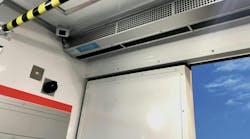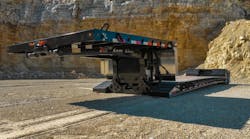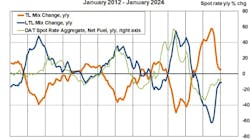The National Highway Traffic Safety Administration (NHTSA) has granted the petition for rulemaking submitted by the Truck Safety Coalition, the Center for Auto Safety, Advocates for Highway and Auto Safety, and Road Safe America to establish a safety standard to require automatic forward collision avoidance and mitigation systems on certain heavy vehicles.
For several years, NHTSA has researched forward collision avoidance and mitigation technology on heavy vehicles, including forward collision warning and automatic emergency braking systems. The agency will continue to conduct research and to evaluate real-world performance of these systems through track testing and field operational testing. NHTSA will determine whether to issue a rule in the course of the rulemaking proceeding, in accordance with statutory criteria.
On February 19, 2015, the Truck Safety Coalition, the Center for Auto Safety, Advocates for Highway and Auto Safety, and Road Safe America submitted a petition to NHTSA. Their petition requested that the agency initiate rulemaking to establish a new Federal motor vehicle safety standard to require vehicle manufacturers to install forward collision avoidance and mitigation (FCAM) systems on all vehicles with a gross vehicle weight rating (GVWR) of 10,000 pounds or more. The petitioners claimed that FCAM systems have the potential to provide significant safety, economic, and societal benefits.
On May 4, 2015, the Commercial Vehicle Safety Alliance (CVSA)
submitted a letter supporting the petition for rulemaking. However,
CVSA recommended that the mandate for FCAM systems apply to vehicles
with a GVWR of 10,001 pounds or more (rather than 10,000 pounds or
more) to better conform to existing commercial motor vehicle safety
classes.
In their petition for rulemaking, the petitioners cited estimated
safety benefits from a 2012 research study conducted by the
University of Michigan Transportation Research Institute (UMTRI), which
evaluated the performance and effectiveness of these current and future
generation systems. They also identified the systems that are
commercially available. The petitioners believe that mandating
technology through regulation is the fastest way to ensure the
potential safety benefits.
Additionally, they believe that additional safety benefits may be achieved from future FCAM systems that may have higher levels of performance than the current systems and that may be able to respond to additional crash scenarios other than rear-end crashes, such as vehicle-to-pedestrian crashes. Furthermore, the petitioners believe that a mandate would cause the system costs to decrease due to high production volumes.








